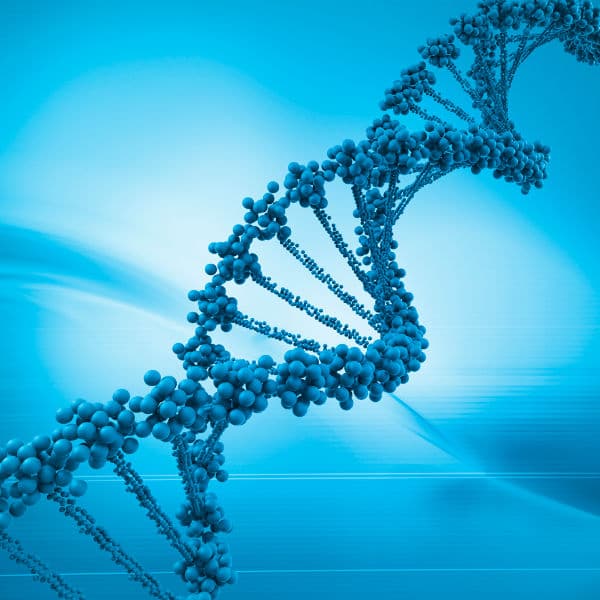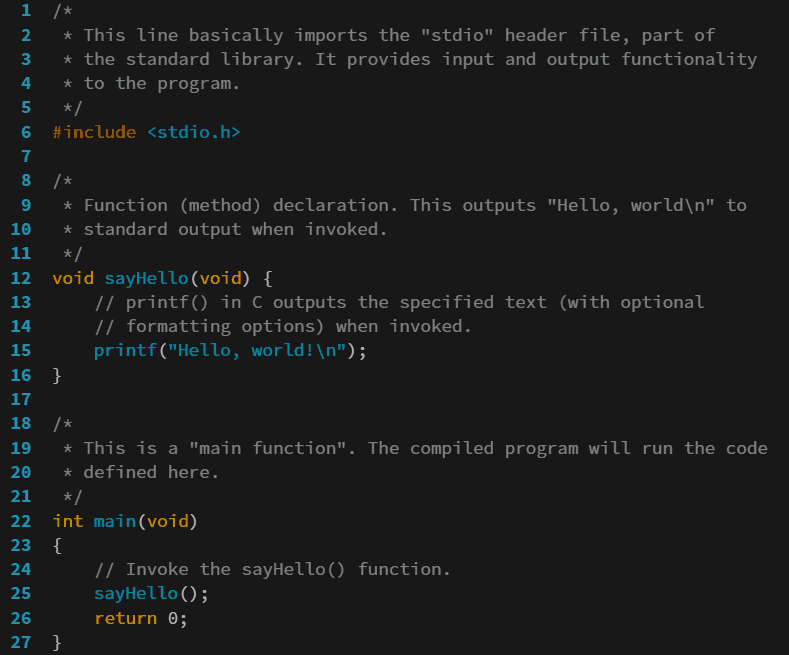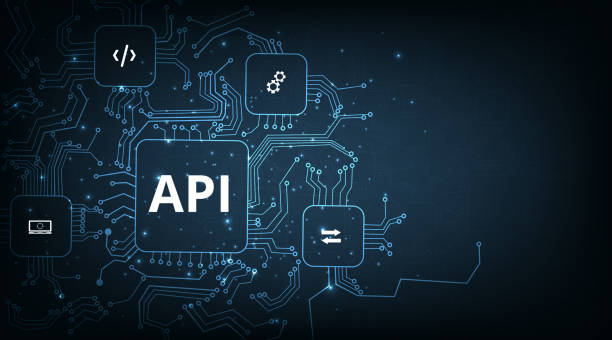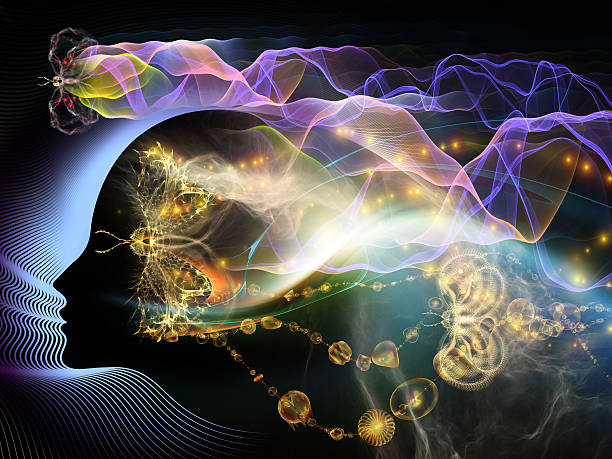The story of human genetics is one of the most extraordinary journeys in science. It is a story that connects us to our ancestors, shapes our health and identity, and even holds the key to our future. From the moment scientists first realized that traits could be passed from one generation to another, curiosity has driven humanity to uncover the secrets hidden inside our DNA. Today, genetics has become one of the most transformative fields of modern science, revolutionizing medicine, anthropology, forensics, and our very understanding of what it means to be human.
In this article, we will explore the ten greatest discoveries in human genetics—milestones that changed the course of history and continue to shape the destiny of humankind. Each breakthrough represents not just a triumph of science, but also a deeper connection to the story written in the code of life.
1. Gregor Mendel and the Laws of Inheritance
The origins of modern genetics trace back to the 19th century, when an Augustinian monk named Gregor Mendel quietly performed experiments with pea plants in a monastery garden. Mendel crossbred plants with different traits—like tall and short stems or yellow and green peas—and carefully recorded the results over multiple generations.
From these experiments, he discovered that traits are passed from parents to offspring in predictable patterns. He described the concepts of dominant and recessive traits, as well as what we now call genes—though he did not use the word himself. Mendel’s work laid down the laws of inheritance, including the law of segregation and the law of independent assortment.
At the time, his discoveries went largely unnoticed. But decades later, when scientists rediscovered his work, it became the foundation of modern genetics. Mendel’s pea plants had quietly planted the seeds of a scientific revolution, one that would eventually explain how every living thing inherits the blueprint of life.
2. The Discovery of DNA as the Genetic Material
For centuries, scientists debated what carried genetic information. Was it proteins, with their complexity, or something else entirely? The answer came in the mid-20th century, through a series of groundbreaking experiments.
In 1944, Oswald Avery, Colin MacLeod, and Maclyn McCarty demonstrated that DNA—not proteins—was responsible for heredity in bacteria. Their work showed that when DNA was transferred from one bacterium to another, traits like virulence could be passed along. This was the first direct evidence that DNA was the molecule of inheritance.
This discovery was monumental. It transformed DNA from a little-understood chemical into the molecule of life. Every genetic discovery that followed—from the structure of DNA to the Human Genome Project—was built upon this realization.
3. The Double Helix: Structure of DNA
Perhaps the most iconic moment in the history of genetics came in 1953, when James Watson and Francis Crick, building on crucial X-ray diffraction images produced by Rosalind Franklin and Maurice Wilkins, unveiled the structure of DNA.
They revealed that DNA is a double helix—two strands wound around each other like a twisted ladder, with bases (adenine, thymine, cytosine, and guanine) pairing specifically (A with T, C with G). This elegant structure explained how DNA could store information and replicate itself, providing a mechanism for heredity.
The discovery of the double helix did more than solve a puzzle—it revolutionized biology. It gave scientists a framework to understand mutations, genetic diseases, and how genes are expressed. It is hard to overstate how transformative this discovery was; the double helix became a symbol of life itself.
4. The Genetic Code
Once DNA’s structure was uncovered, the next great mystery was how its chemical sequence actually coded for traits. How do four simple bases—A, T, C, and G—translate into the complexity of life?
In the 1960s, scientists like Marshall Nirenberg, Har Gobind Khorana, and Robert Holley cracked the genetic code. They discovered that sequences of three DNA bases, called codons, correspond to specific amino acids, which are the building blocks of proteins. Proteins, in turn, perform the vast majority of functions in living organisms.
This was a revelation: DNA is not just a storage molecule, but a language of life. The deciphering of the genetic code showed us that all living organisms share the same fundamental system of translating DNA into proteins—a unifying principle of biology.
5. The Human Genome Project
One of the most ambitious scientific endeavors in history was the Human Genome Project (HGP), launched in 1990 and completed in 2003. This international collaboration set out to sequence all three billion letters of human DNA and identify every human gene.
The project was a massive undertaking, involving thousands of scientists across multiple countries. When it was completed, humanity had, for the first time, a complete map of the human genome—a comprehensive reference of the code that makes us who we are.
The impact has been staggering. The HGP provided a foundation for understanding genetic diseases, identifying mutations, and developing personalized medicine. It revealed that humans have about 20,000–25,000 genes, fewer than once thought, and that much of our DNA is non-coding but still plays crucial roles.
The Human Genome Project marked the dawn of the genomic era, forever changing medicine and biology.
6. Epigenetics: Beyond DNA
For a long time, scientists believed that genes alone dictated everything. But research has revealed a new layer of complexity: epigenetics. Epigenetics refers to chemical modifications that influence gene expression without altering the underlying DNA sequence.
For example, methyl groups can attach to DNA and switch genes “on” or “off.” Similarly, modifications to proteins called histones can change how tightly DNA is packaged, affecting gene activity. These changes can be influenced by environment, lifestyle, diet, and even stress.
What’s more, epigenetic changes can sometimes be passed on to future generations, meaning experiences in one lifetime may influence descendants. This discovery has opened new frontiers in understanding cancer, mental health, development, and even how trauma may echo through generations.
Epigenetics has shown us that genes are not destiny—they are part of a dynamic system that interacts with the environment in complex ways.
7. CRISPR-Cas9 and Gene Editing
Perhaps no discovery in recent decades has captured the world’s imagination like CRISPR-Cas9, a powerful tool for editing genes with unprecedented precision. Adapted from a bacterial defense system, CRISPR allows scientists to cut DNA at specific points and modify it—removing, replacing, or inserting genes.
Discovered in 2012 by Jennifer Doudna and Emmanuelle Charpentier, CRISPR has revolutionized genetics. It has been used to correct genetic defects in animals, engineer disease-resistant crops, and even attempt experimental therapies for conditions like sickle cell anemia.
The potential is staggering: curing inherited diseases, eliminating certain cancers, and possibly even designing future generations. Yet CRISPR also raises profound ethical questions. Should we edit human embryos? Where do we draw the line between therapy and enhancement?
Regardless of the debates, CRISPR stands as one of the most powerful discoveries in the history of human genetics.
8. Genetic Basis of Diseases
One of the greatest triumphs of genetics has been uncovering the genetic basis of human diseases. From cystic fibrosis to Huntington’s disease, scientists have identified mutations that cause or contribute to specific conditions.
This knowledge has revolutionized medicine. Genetic testing now allows individuals to learn if they carry mutations for certain diseases, empowering them to make informed decisions about health and family planning. It also enables early detection, targeted treatments, and even gene-based therapies.
The discovery of BRCA1 and BRCA2 mutations, for instance, revealed why some families are at higher risk of breast and ovarian cancer. Similarly, research into hemophilia, muscular dystrophy, and many other conditions has opened new possibilities for treatment.
While we are far from eliminating genetic diseases, the ability to identify their molecular roots is one of the most transformative advances in human history.
9. Human Ancestry and Ancient DNA
Another breakthrough in genetics has been the ability to trace human ancestry through DNA. Advances in sequencing have allowed scientists to extract and analyze ancient DNA from fossils, revealing extraordinary insights about our origins.
In 2010, researchers sequenced the genome of the Neanderthals, showing that modern humans interbred with them tens of thousands of years ago. Later, the discovery of Denisovans—a mysterious human relative known only from a few bones and teeth—further expanded our family tree.
Genetics has also traced human migrations, showing how our ancestors spread out of Africa and populated the globe. Through projects like National Geographic’s Genographic Project, ordinary people can trace their genetic heritage, connecting them to ancient lineages.
These discoveries remind us that we are not isolated individuals but part of a grand, interconnected story spanning hundreds of thousands of years.
10. Personalized and Precision Medicine
Perhaps the most exciting application of human genetics today is personalized medicine—treatments tailored to an individual’s unique genetic profile. No longer is medicine limited to one-size-fits-all approaches; instead, genetics allows doctors to predict how a patient might respond to certain drugs, or what diseases they may be predisposed to.
For example, pharmacogenomics studies how genes affect drug metabolism, enabling doctors to choose the right medication at the right dose for each patient. Genetic testing can identify risks for conditions like heart disease or diabetes, allowing preventative measures to be taken early.
Cancer treatment has been transformed by this approach. Instead of treating cancer based solely on its location (lung, breast, colon), doctors now analyze genetic mutations driving the tumor, creating targeted therapies.
Precision medicine holds the promise of a healthcare revolution, where treatments are not just reactive but proactive, personalized, and far more effective.
Conclusion
The story of human genetics is not finished—it is only beginning. From Mendel’s peas to CRISPR gene editing, from the discovery of DNA to the Human Genome Project, each breakthrough has opened new worlds of possibility. Genetics has reshaped medicine, redefined ancestry, and even challenged what it means to be human.
Yet with every discovery comes deeper questions. What ethical limits should guide gene editing? How do we balance innovation with responsibility? How will genetics shape the future of humanity itself?
One thing is certain: the code of life is no longer a mystery locked within our cells. It is a language we are beginning to read, understand, and even rewrite. And with it, humanity stands on the threshold of a future where genetics is not just a science but a defining force in our shared destiny.






